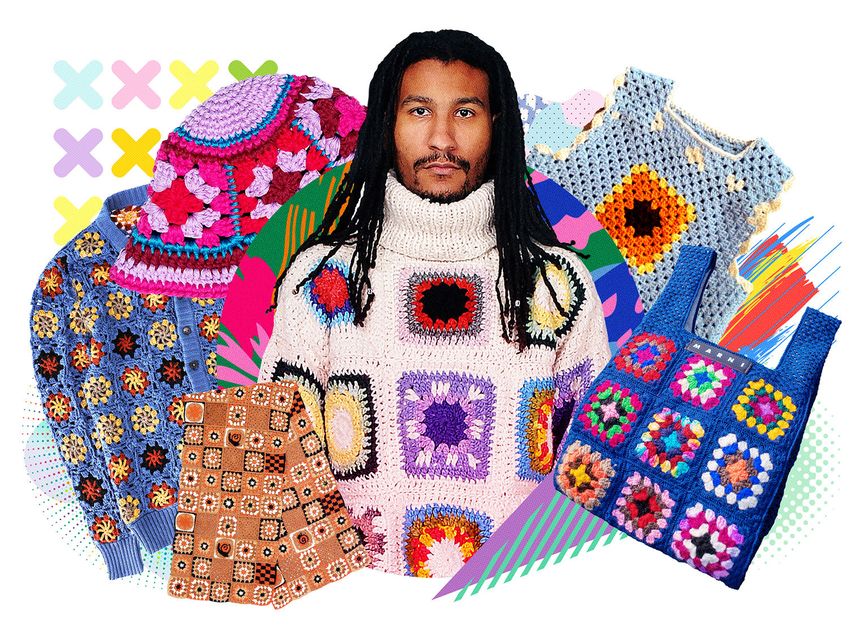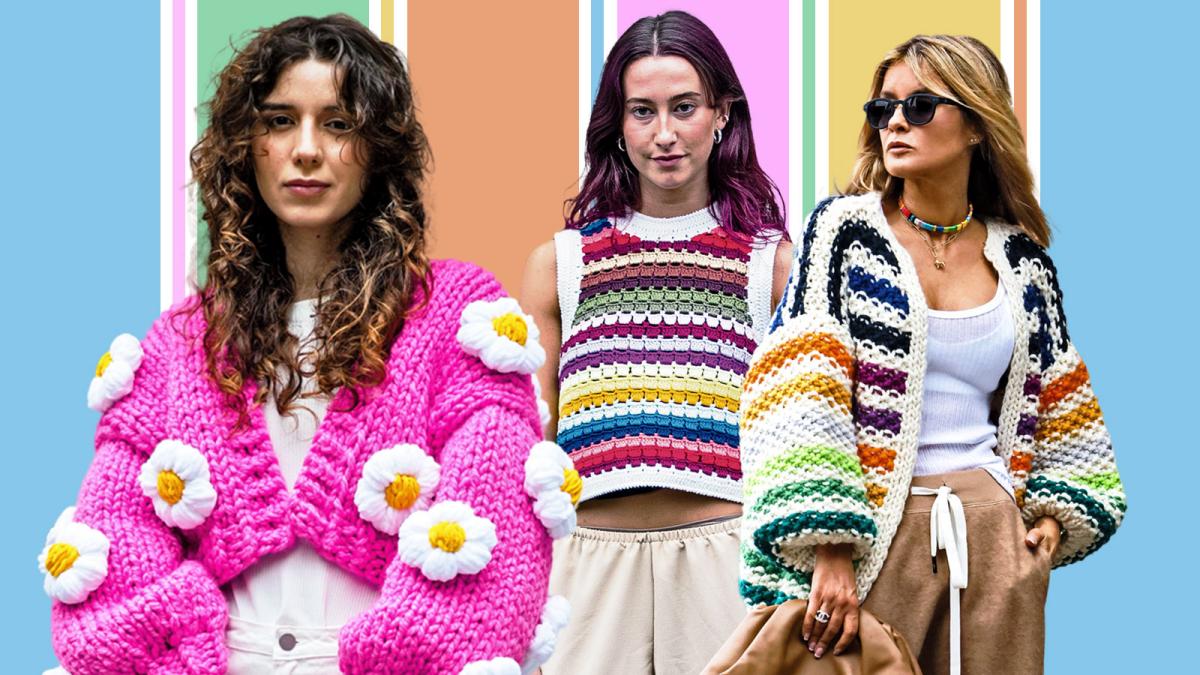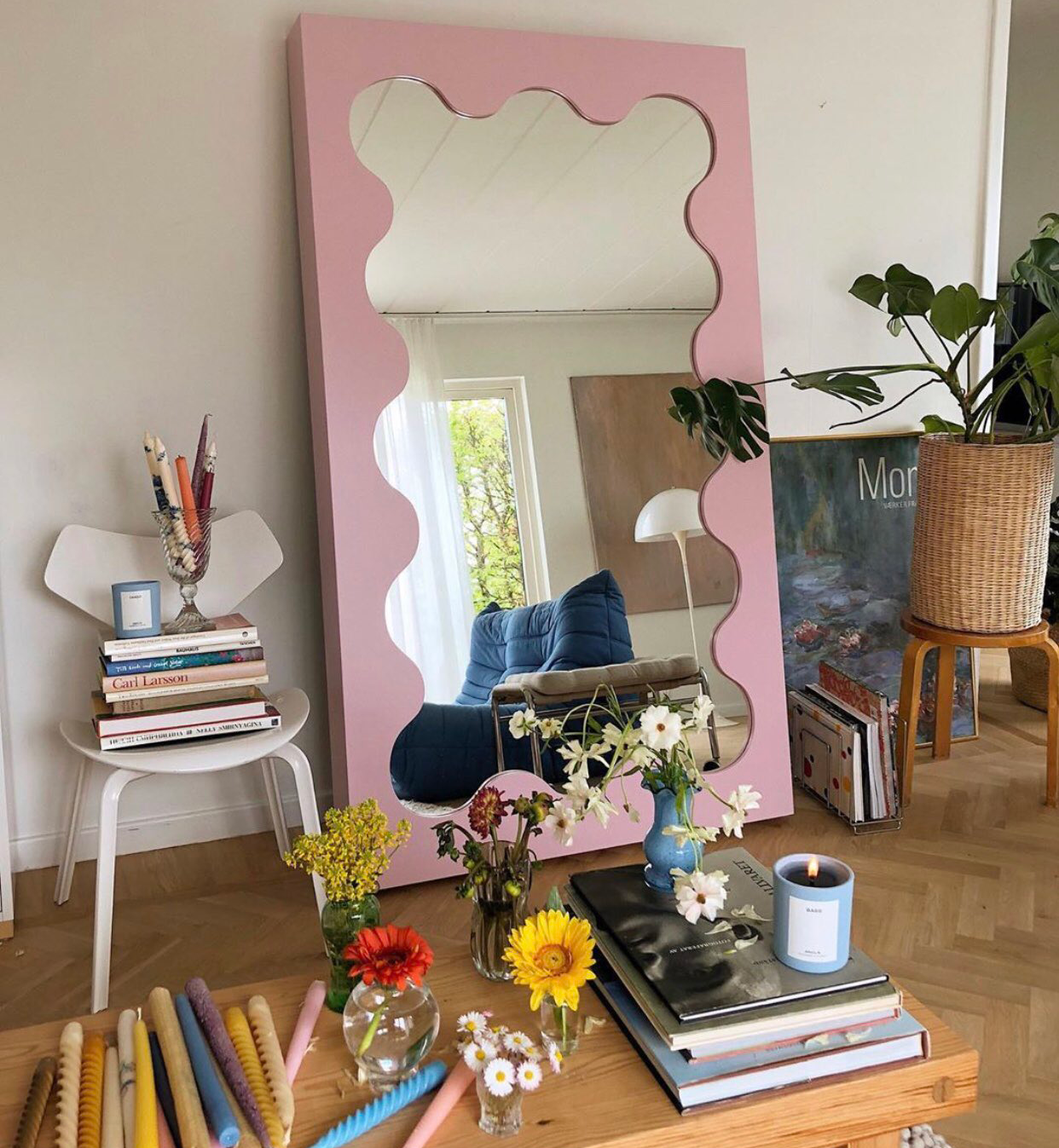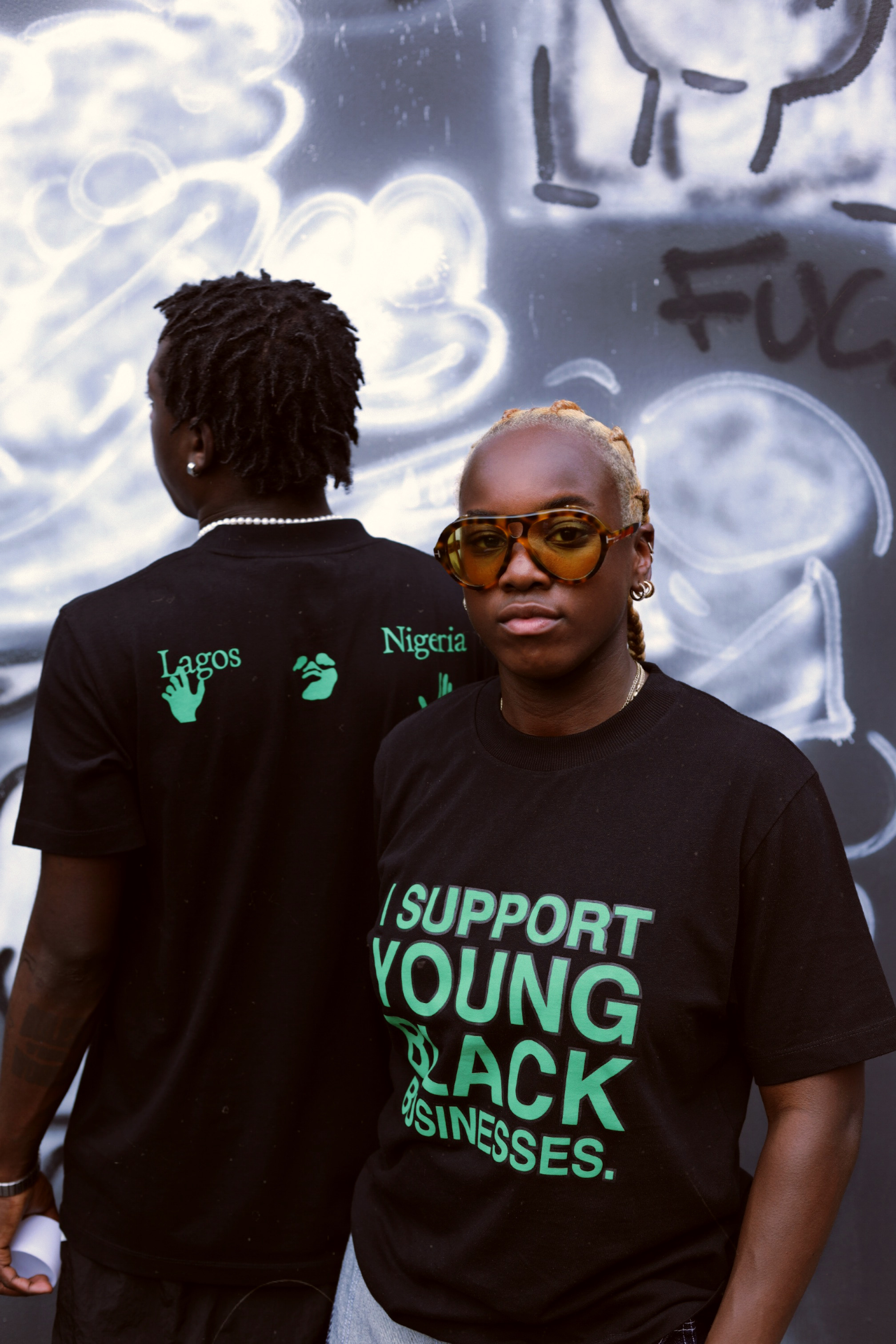Crochet Has Us All Hooked, But Who’s Paying The Price?

While the noughties captures the attention of the world’s trendiest inhabitants in an inescapable chokehold, the seventies have been sneaking into every element of our wardrobes without us even realising. Platforms, flares, cottagecore, and psychedelic prints are just some of the seventies staples we’ve seen take the world by storm, but none dominate the lives of the population as much as crochet.
Taking some time away from a screen and focusing your attention on something less stress-inducing was a massive draw to the art of crochet for many, especially in the anxiety-inducing periods of nationwide lockdown. The rise of crotchet coincides with fashion values that are rampant in the current decade; lasting craftsmanship, items made with love, self-care, support for independent business, sustainability, slow fashion, and an increased desire to appreciate traditions and nature. The oversaturation of Shein hauls and fast fashion advertising helped steer many consumers back to simpler forms of fashion, with innumerable people forming a renewed appreciation for the craftsmanship behind certain items. When that craftsmanship has been shaped by your own hands or the hands of ethical small business owners, there is unparalleled love for the clothing and a profound pride in styling outfits to be shown off both online and offline.

While crochet garments have been up and down the runway over the last few years, their translation onto the street is only just beginning. Balaclavas had their moment. Blink and you would’ve missed the rise and fall of arm and leg warmers; sweater vests are but clinging to their last threads of relevance. The trouble was we took this traditionally multi-coloured garment and tried to mute it, dampen down the colour palette and turn it neutral. While the runway boasted floods of colour, an attempt from retailers to make the looks more ‘wearable’ resulted in earth tones, various shades of nude, monochrome black and grey, and uninspired beige. Crochet became unwillingly subject to a 20’s makeover, killing its spirit and making it a short-lived micro-trend.
Following the recent rejection of minimalist aesthetics in favour of maximalism and dopamine dressing, crochet has had life breathed back into it. Vibrant reds, hot pinks and mustard yellows, mixed in with a range of blues and oranges, bring with them the spirit of summer and true seventies bohemia. Crochet garments are moving on from the accessories we have seen the knit fabric dominate to maxi dresses, two-piece suits, and crochet shorts for men popping up along the high street.
Crochet’s hole-y appearance naturally lends itself to layering in fear of the wearer’s skin being too exposed, but it’s not just this fact encouraging people to pile on the layers. The texture offered by the chunky knit makes it the perfect focal point of an otherwise plain outfit, and the myriad of crochet items that can be added to the body one after the other allow for unique, individualistic takes on a trend that thousands have adopted.

Thousands may be an understatement. #Crochet has amassed 7.2 billion views, with videos ranging from pattern sharing and beginner guides to styling videos and where to buys. While some found peace and solace in the domestic pastime, others struggled to master the art. Fast fashion brands caught on to the crochet trend and offered pieces to those without the time or skill to make their own crochet garments. This commercial take on the artisan craft seems paradoxical and ingenuine considering the homely origins of crocheting. Online retailers boasted a myriad of crocheted items, from bucket hats and dresses to trousers and cardigans. These items retained the unbelievably low retail price fast fashion brands are known for, despite the fact crochet cannot be done by a machine. The process of meticulously crocheting by hand is elaborate and can’t be done quickly. The significant effort needed to crochet one piece, let alone the bulk amount supplied to fashion retailers, makes you question the ethics behind the crochet pieces sold online. How can the people creating these pieces be fairly compensated for their efforts when a handmade item can be sold for as little as £6?
Talking to Ella Wiznia, founder of NY reworked fashion company The Series, the pricing of fast fashion crochet becomes even more confounding, “it feels really dangerous for crochet to be a fast fashion trend. These workers are barely getting paid for the hours and hours, sometimes days, of work that goes into making just one piece, let alone the thousands of pieces these companies order.
“I think that people have this belief that everything is done by a machine now, and it’s not like that at all. Crochet can only be done by hand – even clothing that is just fabric, someone’s putting that through a sewing machine by hand to piece it together. There should be no way to bulk order crochet. A lot of the stores that were interested in The Series needed 100 units, and I’d have to say, well, there could maybe be seven.”
The Series use vintage crocheted blankets to create all of their reworked crochet pieces. The venture started as a complete accident when Ella stumbled across some discarded crochet blankets in a thrift store, “I was so sad that all this time went into making them, and I had to make sure they became something nice again. Those crochet blankets informed our entire ethos of taking things that already existed, specifically things that had to do with domesticity or were considered women’s work, and finding ways to honour them in a more modern, adapted way.”

The Series also creates new crocheted pieces using second-hand yarn. The company works with local women who have been crocheting for decades. While this means the pieces are more expensive than their reworked options, the designs are incredibly intricate and something not seen in the crochet market before. “The women set their price based on a sample with the pattern that we have, and then they’ll say how much time it is going to take them and the price that they feel comfortable with. It’s been really fun to work with these women and also think up really fun designs that weren’t around when our vintage blankets were being made, like our lemon tops. With limited runs on these pieces and each piece created from a blanket, you get something completely unique. People love the concept of one of a kind pieces – you don’t get that with fast fashion.”
What arose as a wholesome trend offering peace of mind and a unique way to craft individuality hasn’t yet been fully overthrown by the big boys. The craft very much remains in the hands of independent creators. As long as consumers respect the time and effort needed to piece together a crochet garment and the cost that comes with it, crochet can remain a wholesome summer trend beloved by all.
Discover more from GUAP’s Fashion section here





![ZINO VINCI’S ‘FILTHY & DISGUSTING’EP BRINGS YOU TO THE CORE OF THE ARTIST [@ZinoVinci]](https://guap.co/wp-content/uploads/2023/10/Zino-4.jpg)



